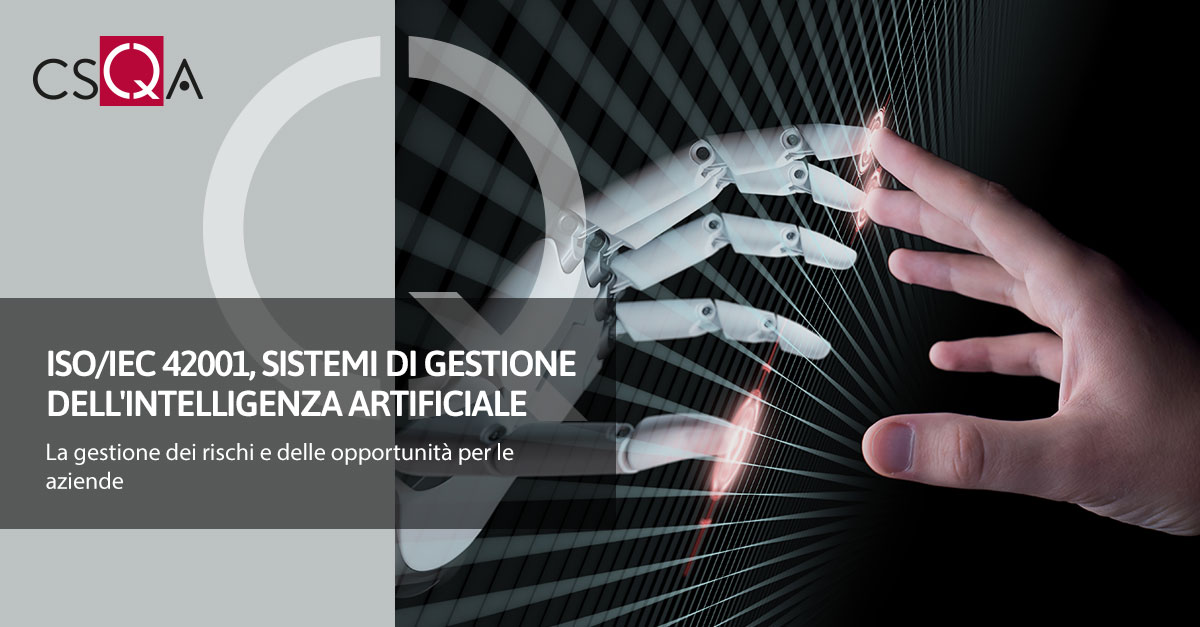 From the development of self-driving cars to the growth of generative AI tools like ChatGPT and Google Bard, artificial intelligence (AI) is the cornerstone of our everyday lives.
From the development of self-driving cars to the growth of generative AI tools like ChatGPT and Google Bard, artificial intelligence (AI) is the cornerstone of our everyday lives.
So what is AI? Take for instance AI-powered virtual assistants that respond to voice commands and perform tasks based on user input. These are just one example of how AI technologies are integrated into everyday devices to make them more intuitive and capable of interacting with humans in a way that feels natural and helpful.
But it goes way beyond that.
AI’s applications are already revolutionizing how businesses operate. Advancements in machine learning and deep learning, in particular, are creating a paradigm shift in virtually every sector of industry. Spanning areas as diverse as healthcare, finance and information technology, AI has pioneered innovations and optimizations in numerous fields. And at the heart of it all, you will find AI management systems.
With the risks and complexity of AI, it’s important to have robust governance mechanisms. AI management systems play a crucial role in the development and deployment of AI technologies. Here, we will take a closer look at the importance of such systems in providing effective AI risk assessments and treatments.
What is artificial intelligence?
AI is a technology that makes machines and computer programs smart, enabling them to do tasks that typically require human intelligence. It includes things like understanding human language, recognizing patterns, learning from experience and making decisions. In general, AI systems work by processing vast amounts of data, looking for patterns by which to model their own decision making.While this definition resonates with the lay person, it is, however, not entirely accurate. So what exactly is artificial intelligence? According to ISO/IEC TR 24030:2021, AI is the “capability to acquire, process, create and apply knowledge, held in the form of a model, to conduct one or more given tasks”. This definition is more accurate from the technological perspective and is not limited to fields where AI is already being used, but allows space for further development.
About AI management systems
So how does AI work? An AI system works on the basis of input, including predefined rules and data, which can be provided by humans or machines, to perform specific tasks. In other words, the machine receives input from the environment, then computes and infers an output by processing the input through one or more models and underlying algorithms.As the capabilities of AI grow exponentially, there are deep concerns about privacy, bias, inequality, safety and security. Looking at how AI risk impacts users is crucial to ensuring the responsible and sustainable deployment of these technologies. More than ever, businesses today need a framework to guide them on their AI journey. ISO/IEC 42001, the world’s first AI management system standard, meets that need.
ISO/IEC 42001 is a globally recognized standard that provides guidelines for the governance and management of AI technologies. It offers a systematic approach to addressing the challenges associated with AI implementation in a recognized management system framework covering areas such as ethics, accountability, transparency and data privacy. Designed to oversee the various aspects of artificial intelligence, it provides an integrated approach to managing AI projects, from risk assessment to effective treatment of these risks.
From risk to opportunity
ISO/IEC 42001 exists to help businesses and society at large safely and efficiently derive the maximum value from their use of AI.Users can benefit in numerous ways:
- Improved quality, security, traceability, transparency and reliability of AI applications
- Enhanced efficiency and AI risk assessments
- Greater confidence in AI systems
- Reduced costs of AI development
- Better regulatory compliance through specific controls, audit schemes and guidance that are consistent with emerging laws and regulations
Robust cycle of continuous improvement
As a management system standard, ISO/IEC 42001 is built around a “Plan-Do-Check-Act” process of establishing, implementing, maintaining and continually improving artificial intelligence. This approach is important for many reasons:- Firstly, it ensures that AI’s value for growth is recognized and the correct level of oversight is in place.
- Secondly, the management system enables the organization to proactively adapt its approach in line with the technology’s exponential development.
- Finally, it encourages organizations to conduct AI risk assessments and define AI risk treatment activities at regular intervals.
Unlocking the potential of AI
It’s clear that AI will continue to improve and advance over time. As it does, AI management will need to adapt to these changes, focusing on the different ways it can maintain and accelerate AI systems for the business world. We find ourselves at a crossroads where a measured approach is needed.How do we harness the full potential of AI opportunities without falling prey to the risks?
Walking the tightrope between opportunity and risk is only possible with a robust governance in place. This is why it’s important for business and industry leaders to educate themselves on ISO/IEC 42001 – an AI management system that lays the foundation for an ethical, safe and forward-thinking use of AI across its various applications. It’s a balancing act, and a clearer understanding of this balance can help us navigate the pitfalls of our collective AI journey. (Source: https://www.iso.org/)